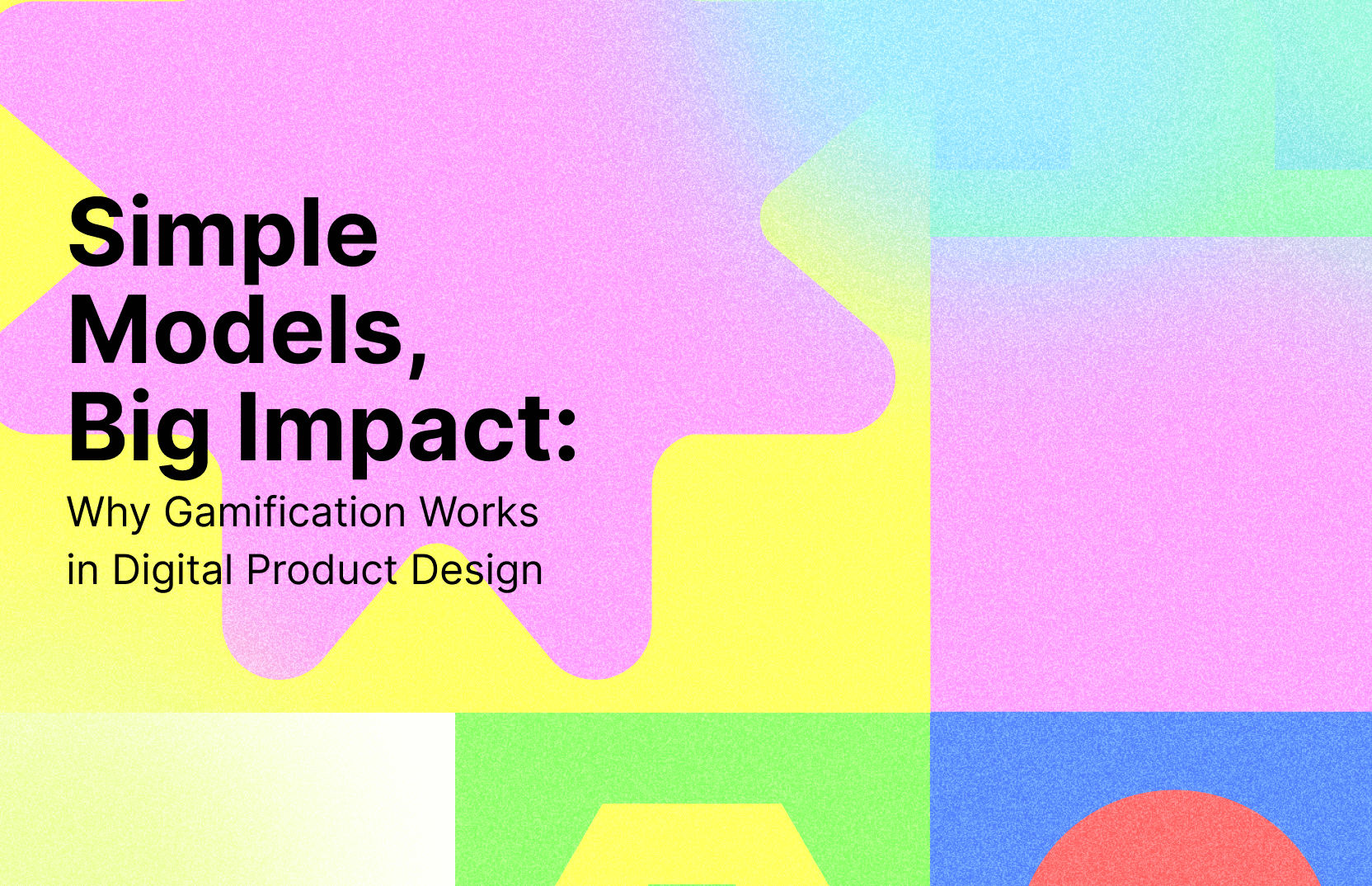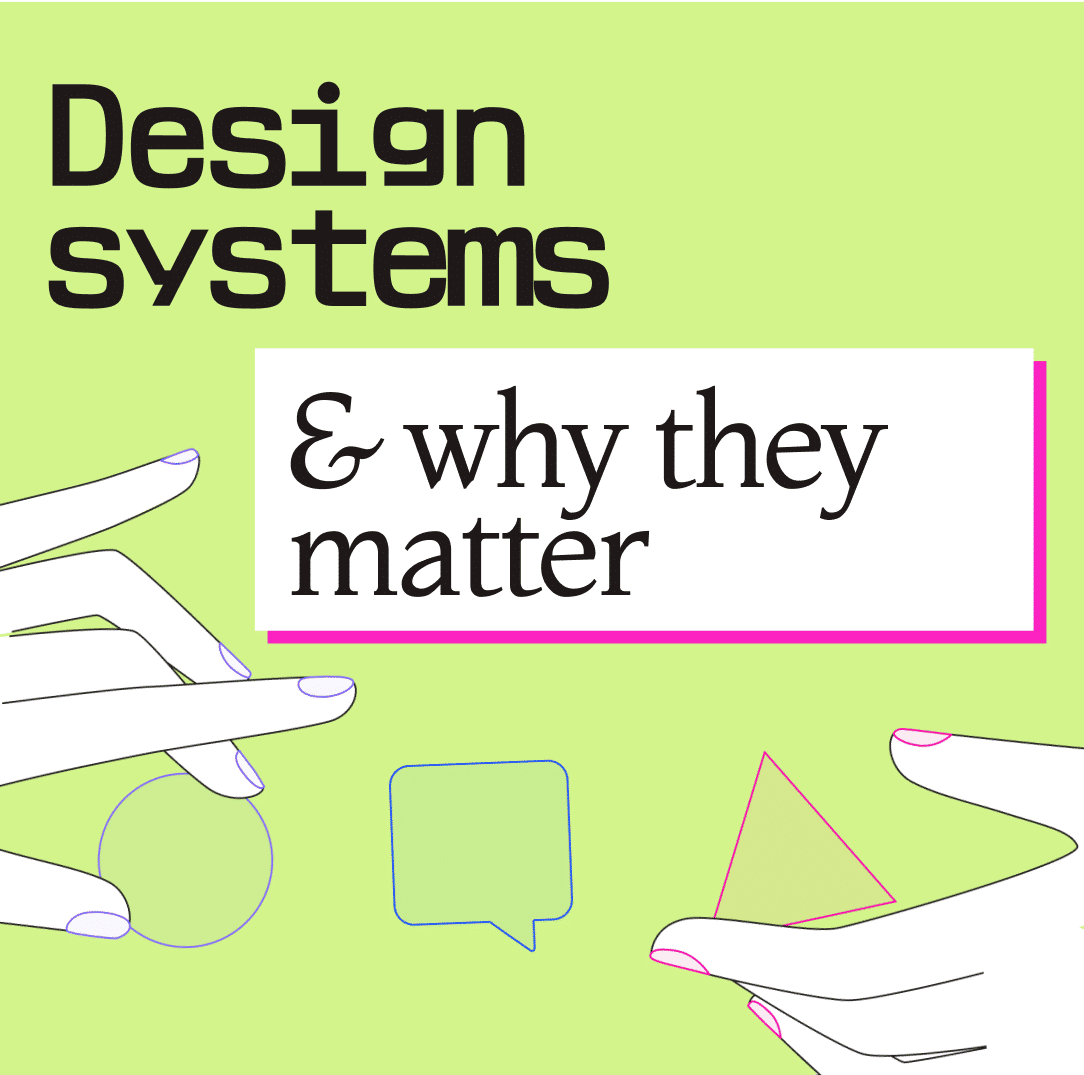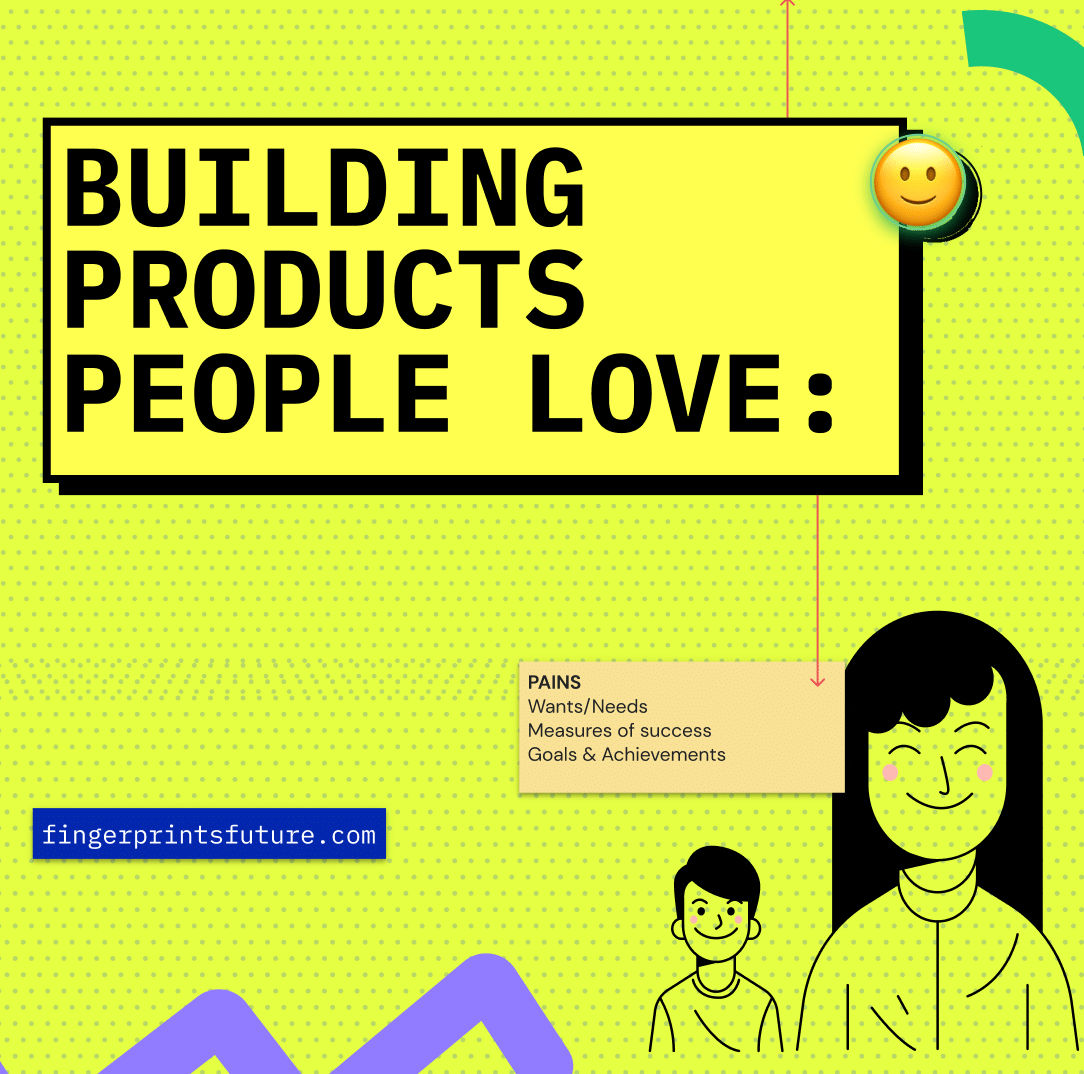However, with the increasing use of digital products in areas such as healthcare, education, and finance, gamification has become a more widely adopted approach to engage and motivate users. For instance, finance companies are now incorporating gamification elements, such as rewards and challenges, into their apps to encourage people to save more and make better financial decisions. This shift towards gamification is a testament to its effectiveness in improving user engagement and satisfaction across a variety of industries.
In this blog, we will explore why gamification works and also examine the ways gamification can benefit not only brands and businesses but also users and consumers, backed by relevant facts and sources. By the end of this blog, we hope you will have a better understanding of how gamification can help you build better digital products, and why even small changes can lead to big impacts. So let's dive in!
Gamification - What is it?
Gamification is the practice of integrating game-like elements and mechanics into non-game contexts, such as digital products and services. It involves using rewards, challenges, badges, points, and other motivational techniques to engage and motivate users, encouraging them to complete tasks, achieve goals, and return for more. By leveraging the principles of game design and psychology, gamification can help create more compelling and enjoyable experiences for users, leading to higher engagement, retention, and satisfaction.
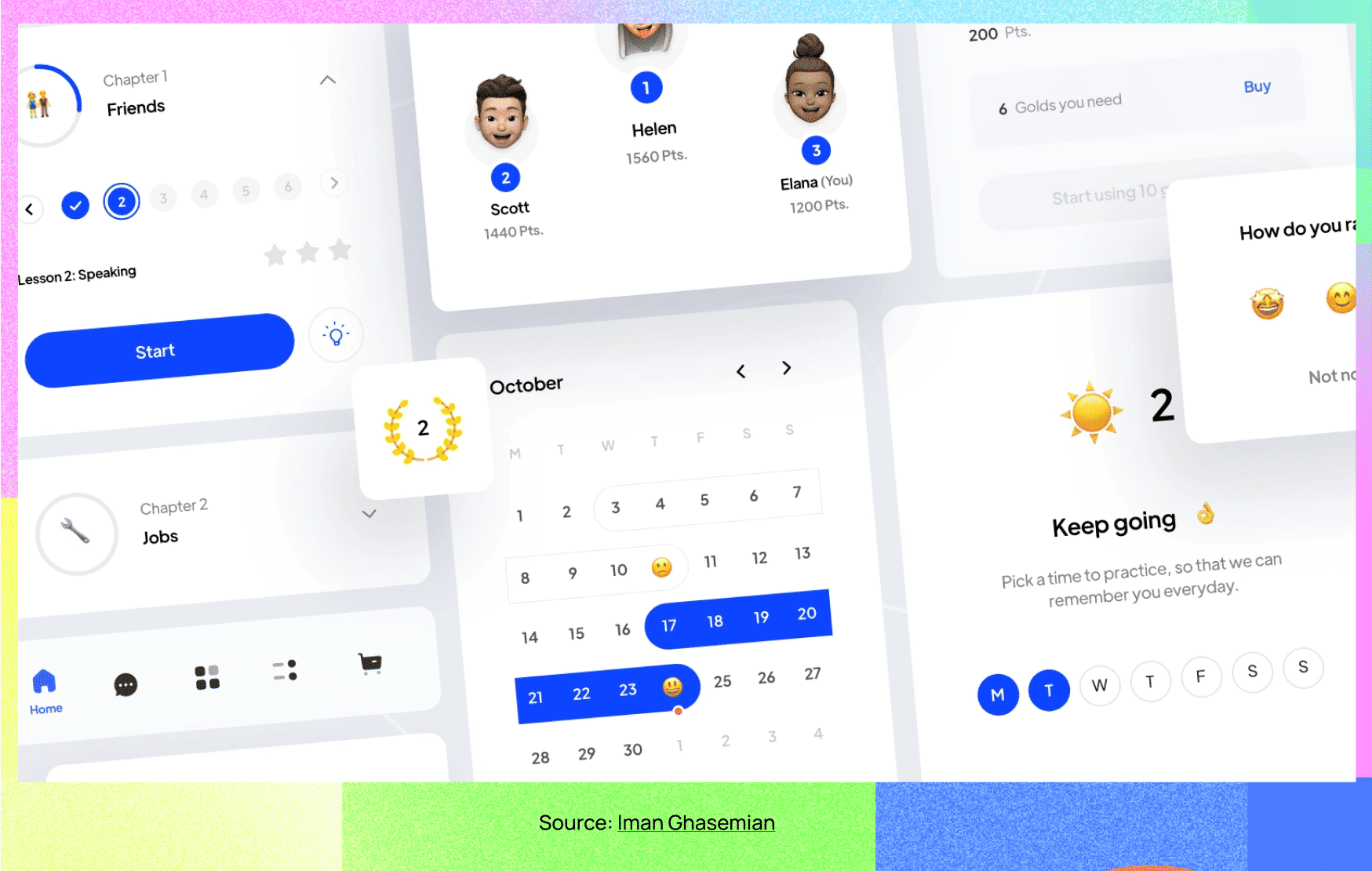
A Secret to Improving Your Health, Learning, and Work
Gamification has the potential to improve a wide range of daily activities, from fitness to finance, education, productivity, and self-improvement. Beyond its applications in brand marketing and business strategy, gamification has proven to be a valuable tool in enhancing consumers' daily lives, making routine activities more engaging, motivating, and rewarding.
By leveraging the power of game design and psychology, gamification has been used to encourage physical activity, track progress, and achieve fitness goals, as well as to make financial planning and management more engaging and accessible. Gamified features can be a powerful tool in promoting positive behavior change and improving individuals' well-being, regardless of their age, background, or profession. By tapping into our natural human tendency to seek out challenges, rewards, and social connections, gamification helps to make otherwise mundane tasks more enjoyable and satisfying, and provides a sense of progress, achievement, and purpose.
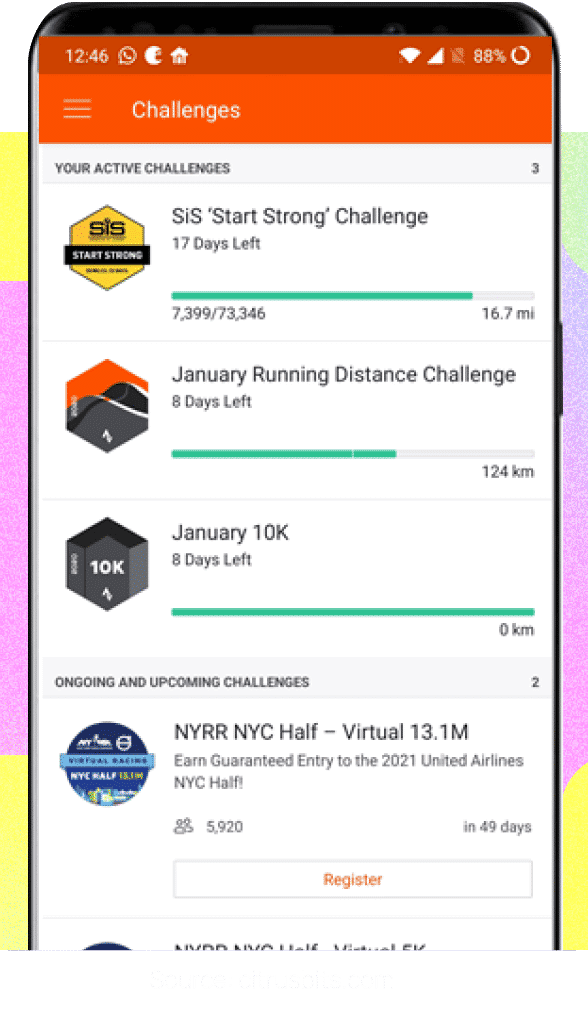
Fitness apps such as Strava and Nike Training Club use gamification techniques like goal-setting, challenges, and rewards to motivate users to stay active and reach their fitness targets.
In the financial sector, gamification has been employed to make financial planning and management more engaging and accessible. Apps like Acorns and Stash use gamified features like challenges, rewards, and educational content to make investing and saving money more fun and less intimidating for users. These apps also provide personalized insights and feedback to help users make better financial decisions.
Beyond fitness and finance, gamification has also been applied to various other areas of daily life, such as education, productivity, and self-improvement. For example, Duolingo, a language-learning app, uses gamified features to make learning a new language more enjoyable and effective. Trello, a project management tool, employs gamification to boost productivity and enhance team collaboration. And habit-tracking apps like Habitica and Fabulous use gamification to help users establish and maintain positive habits.
From Game Mechanics to Great UX:
The Impact of Gamification on Product Design
One of the primary ways that gamification can help build better digital products is by providing users with a sense of achievement and progress. By incorporating game mechanics such as quests, levels, and achievements, digital products can provide users with a clear path to success, and reward them for their efforts along the way. This not only makes the user experience more engaging and enjoyable but can also help users to stay motivated and committed to the product.
Gamification can also help build better digital products by fostering a sense of community and social interaction among users. Features such as leaderboards and social sharing can encourage users to compete with one another and share their accomplishments, creating a sense of camaraderie and mutual support. This can lead to increased user engagement and loyalty, as users feel more invested in the product and connected to other users who share their interests.
There are quite a few types one can gamify a product, here are a few that are the most common:
01
Points
Points are a type of virtual currency that users can earn for completing certain actions or achieving certain goals within a digital product. Points can be used to unlock new features, level up, or compete with other users.
02
Badges
Badges are digital icons or images that users can earn for completing certain actions or achieving certain goals. Badges can be used to display accomplishments, indicate status or expertise, or incentivize behavior.
03
Levels
Levels are a way of indicating progress or achievement within a digital product. Users can level up by completing certain actions or achieving certain goals, and can be rewarded with new features, rewards, or access to new content.
04
Quests/Challenges
Quests or challenges are a series of actions or goals that users must complete in order to achieve a larger goal or reward. Quests can be used to motivate users to complete a series of actions, engage with a product over time, or learn new skills.
05
Leaderboards
Leaderboards are a way of comparing users' performance or achievement within a digital product. Users can see their rank relative to other users, and can be motivated to compete with others to climb the leaderboard or achieve a higher score.
06
Progress tracking
Progress tracking allows users to see how far they have come and how much further they need to go to achieve a goal. This can be done through features such as progress bars, checklists, or milestones.
07
Time-based challenges
Time-based challenges can be used to create a sense of urgency and encourage users to engage with a digital product regularly. Time-based challenges can include events, contests, or other time-limited activities that encourage users to take action within a specific time frame.
08
Feedback and rewards for mastery
Feedback and rewards for mastery can be used to recognize and reward users who achieve a high level of proficiency or skill within a digital product. This can be a powerful motivator because it helps users feel a sense of accomplishment and progress, and encourages them to continue improving their skills.
09
Surprise and delight
Surprise and delight can be used to create unexpected moments of joy or satisfaction for users within a digital product. This can be achieved through easter eggs, hidden content, or other surprises that delight users and encourage them to engage more deeply with the product.
Gamification is Based on Proven Theories:
Why It's Here to Stay
Gamification is always talked about as if it were a trend and it is most definitely not. Gamificationis based on proven laws or theories that help predict how the user will react if given a certain task or action to perform. The use of simple models such as the blog behavior model, goal-setting theory, and the Hooked model can help explain why gamification works.
The blog behavior model suggests that in order to build an audience, one must create content that is both useful and engaging, and that fosters a sense of community among users. By providing value to the user through educational or entertaining content and facilitating interactions among users, brands can create a loyal user base that will keep coming back for more.
Similarly, the goal-setting theory suggests that setting clear and achievable goals can lead to increased motivation and persistence in pursuing those goals. By incorporating goals into a digital product, users can track their progress, feel a sense of accomplishment, and stay motivated to continue using the product.
The Hooked model highlights the importance of creating a habit-forming product that users will want to return to repeatedly. By creating a product that is easy to use, provides instant gratification, and encourages users to take small actions that lead to larger rewards, brands can create a product that becomes part of the user's daily routine.
By understanding these theories and incorporating them into gamification strategies, designers and developers can create products that are engaging, motivating, and habit-forming. Gamification is not just a trend, it is a proven strategy for building better digital products that enhance users' daily lives.

 All Work
All Work